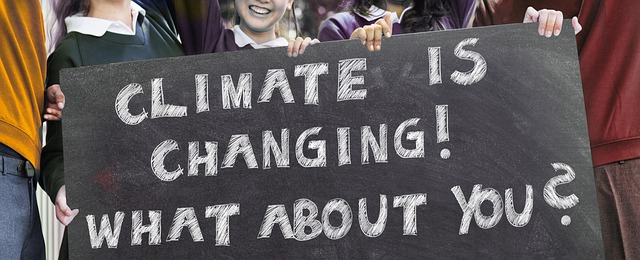As the world grapples with the ever-pressing issue of climate change, the rise of climate activism has become a beacon of hope. Every day, individuals and organizations across the globe are coming together, armed with knowledge and passion, to advocate for transformative change. From local communities to international movements, the collective efforts paint a vivid picture of humanity’s resolve to combat environmental degradation.
At the heart of this revolution is the understanding that our actions today will determine the fate of our planet tomorrow. Climate activism is not merely a response to natural disasters or rising temperatures; it’s a powerful movement seeking systemic change. It champions sustainable practices and highlights the urgent need for emission reduction in various sectors, including transportation, energy, and agriculture. The call to action is clear: we must pivot towards more sustainable ways of living.
The environment around us is a constant reminder of what is at stake. Lush forests, clean rivers, and vibrant wildlife paint a picture of a thriving ecosystem that is now under threat. Climate change, driven by excess emissions and unsustainable practices, has led to unprecedented shifts in weather patterns, natural disasters, and biodiversity loss. These events have ignited fierce passion within the realm of climate activism, uniting people who care deeply about their habitats and future generations.
One of the most compelling aspects of climate activism is its ability to inspire individuals to take ownership of their roles in emission reduction. It encourages engagement at every level, from grassroots initiatives like community solar projects to larger campaigns advocating for stringent regulations on industries. Activists are not just speaking; they are empowering others to act. They remind us that each small step—a reduced carbon footprint, choosing sustainable products, or advocating for responsible corporate practices—contributes to a larger, more impactful movement.
Additionally, the digital age has revolutionized the way climate activism unfolds. Social media platforms serve as powerful tools for awareness and mobilization. A single tweet, photo, or viral video can spread vital messages and galvanize people into action. The interconnectivity provided by technology allows for a global dialogue around real-time impacts of climate change, fostering solidarity across borders and cultures. This connectedness makes it possible for everyday individuals to join a global fight for the environment.
The urgency of the climate crisis demands robust policies and accountable leadership. Thus, climate activism also emphasizes the importance of holding corporations and governments accountable for their roles in emissions. This includes pushing for transparency in carbon reporting and advocating for the implementation of green technologies. Future generations deserve a world that is not only habitable but thriving, and active participation is pivotal in achieving that goal.
Moreover, the intersectionality of climate activism cannot be overlooked. It highlights the connection between environmental issues and social justice. Vulnerable communities often bear the brunt of climate impacts, facing food insecurity, inadequate housing, and health risks due to pollution. By advocating for equitable solutions, climate activists work to create a future where everyone has access to a safe and healthy environment.
In this rapidly evolving landscape, each act of climate activism is a step towards healing our planet. Whether it’s attending a rally, supporting sustainable businesses, or simply educating oneself and others about emission reduction strategies, every effort counts. Together, we can build a sustainable future—one that respects our environment and acknowledges our shared responsibility for the Earth.



